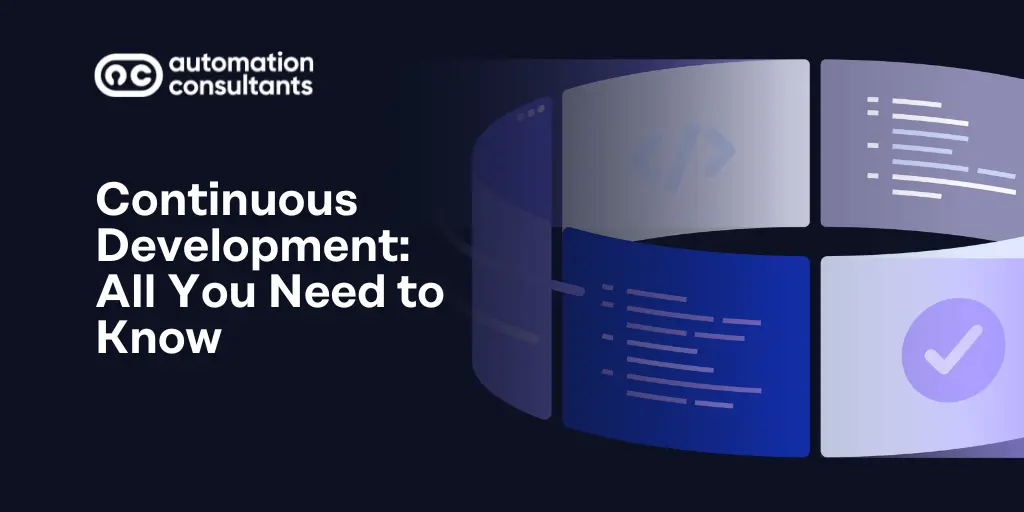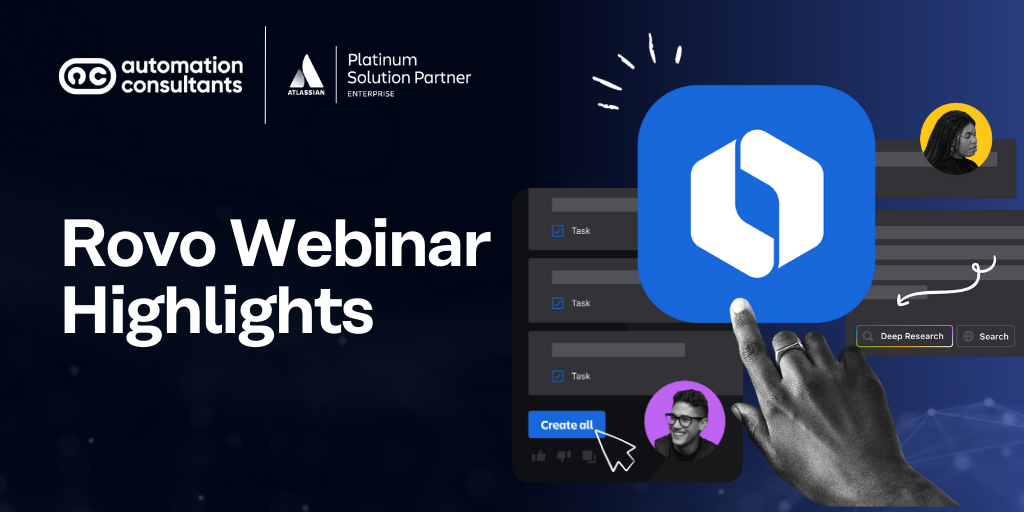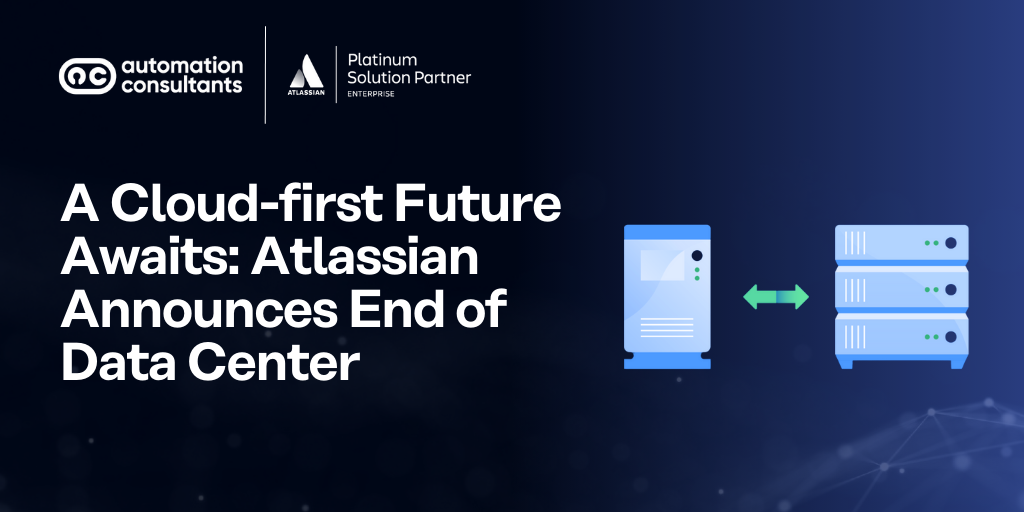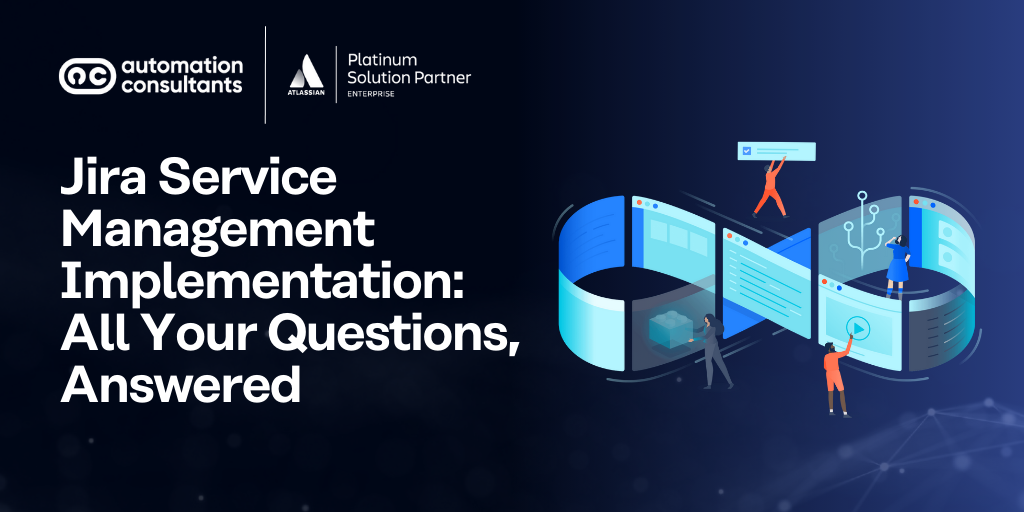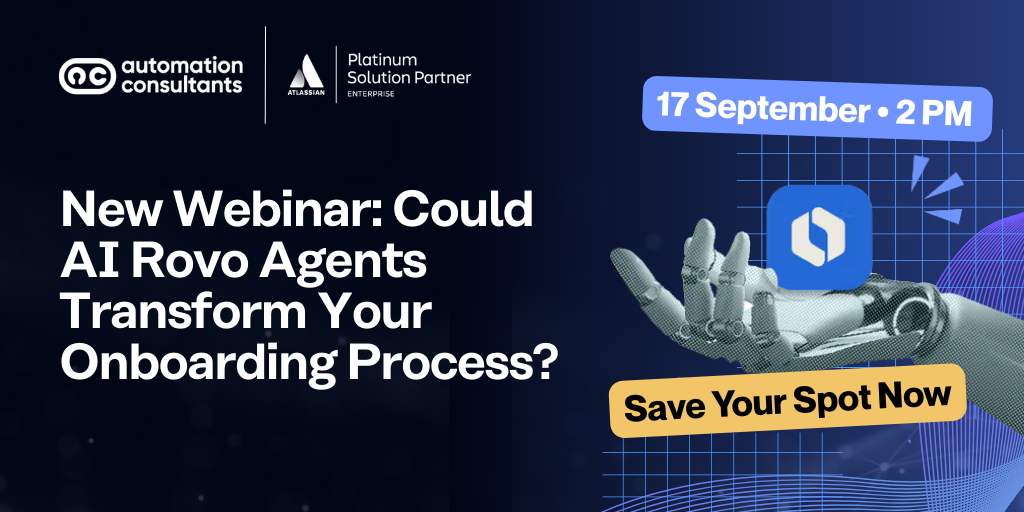Today, we’re exploring all elements of Continuous Development.
As a key practice within Agile software development, designed to enhance the speed and quality of your product and delivery, we’re here to guide you through all its complexities and considerations.
Let’s start with a basic explanation of the practice before moving on to its benefits for your organisation. We’ll then take a deeper dive into CI/CD.
What is continuous software development?
Continuous development is an iterative process most commonly found in software development and IT teams. It breaks down work into small batches, where you’re continually releasing updates, reviewing work and making improvements in an ongoing cycle.
Now, the process – which you could also call Continuous Delivery Pipeline – is actually an umbrella term for several different elements:
Continuous Integration (CI)
Continuous Testing
Continuous Delivery
- Continuous Deployment
These are all DevOps processes and, we’ll take a closer look at them later in the post. When these processes are combined, they form a loop of releasing, testing, improving and delivery, hence the name.
Continuous vs Discontinuous Development
Whilst Continuous Development advocates an iterative approach to working practices by integrating processes, tasks and teams within one seamless loop, Discontinuous Development centres on work that takes place in very specific stages.
Discontinuous Development has fixed start and end points for each stage of the process. Whilst we would generally encourage a more Agile approach to work, especially in software application development teams, there may be projects in other business areas where Discontinuous Development is appropriate.
Continuous Development vs Agile
Continuous Development is a process, whereas Agile is a broader philosophy and mindset. However, continuous practices do align closely with Agile principles. Both break down work into small increments and implement continuous learning and feedback.
Most Agile frameworks, like Scrum or Kanban, incorporate elements of Continuous Development.
Continuous Development vs Waterfall
Waterfall is the name given to a more traditional style of project management, whereby work is delivered from beginning to end. The continuous integration and deployment process, with its cycle of reviewing and improving, is at odds with the Waterfall approach.
There may still be some advocates for Waterfall out there, but many teams struggle with its rigid and linear structure. The development process offers less room to try new things, and potentially fail. As a result, mistakes are seen not as learning opportunities but as costly and time-consuming problems to resolve.
Generally, organisations find the iterative and flexible aspects of Agile result in more successful outcomes in development teams.
Why is Continuous Development Important?
Continuous software development practices, when well-embedded and as part of an overall Agile way of working, can deliver notable benefits for both your team and the wider organisation.
- Respond more quickly to feedback: With a continuous feedback loop firmly embedded in your processes, your team can respond efficiently and holistically to feedback throughout your entire development and software delivery cycle.
- Better product quality: Faster feedback, ongoing improvements and continuous testing of new code all combine, ultimately, to a higher quality output than you might achieve with more traditional methods.
- Faster speed to market: Because the workflow is broken into smaller increments and feedback and testing are integrated in a continuous cycle, product and service delivery are accelerated and efficient.
- Enhanced customer satisfaction: Continuous practices enable teams to respond quickly to change or client feedback, and to pivot when necessary to meet customer needs.
- Improved visibility and trust: DevOps practices contribute to an overarching culture of transparency. With cyclical releases, feedback and testing, teams from ground-level engineers to senior leadership can easily track the progress and delivery of work. This work tracking can be enhanced by using Agile project management tools like Jira, which support continuous development processes.
- Enhanced productivity: Teams that benefit from trust, autonomy, and a good flow of work tend to be more productive.
- A culture of failing fast and learning from mistakes: Continuous Development encourages a culture whereby mistakes are recognised as learning opportunities, so there isn’t a fear of failure. This environment also leads to faster delivery, as bugs, vulnerabilities or issues are identified (and resolved) more quickly.
- Keep pace with – or stay ahead of – competitors: By working iteratively, teams are in a strong position to respond quickly to changes – be they customer-led, regulatory or as a result of competitive forces. Pivoting quickly can give you a competitive edge over your closest rivals, demonstrating your responsiveness to customer needs or ability to comply with new legislation, for example.
- Decreased risk and costs: Identifying issues early means you can resolve them more quickly and with less investment instead of following a product or service all the way through to delivery and testing and then realising there’s a fundamental error. (This is one of the risks that could occur with Discontinuous Development, or if a team takes the Waterfall approach to project management.)
- Reduced error and risk: Both Continuous Integration and Continuous Delivery/Deployment (CI/CD) centre on frequent integration, testing and release. This can reduce the risk of overlooked code failures and mistakes.
Want to streamline collaboration between your software engineers and IT teams?
Discover how Jira Service Management can enhance teamwork and improve your processes.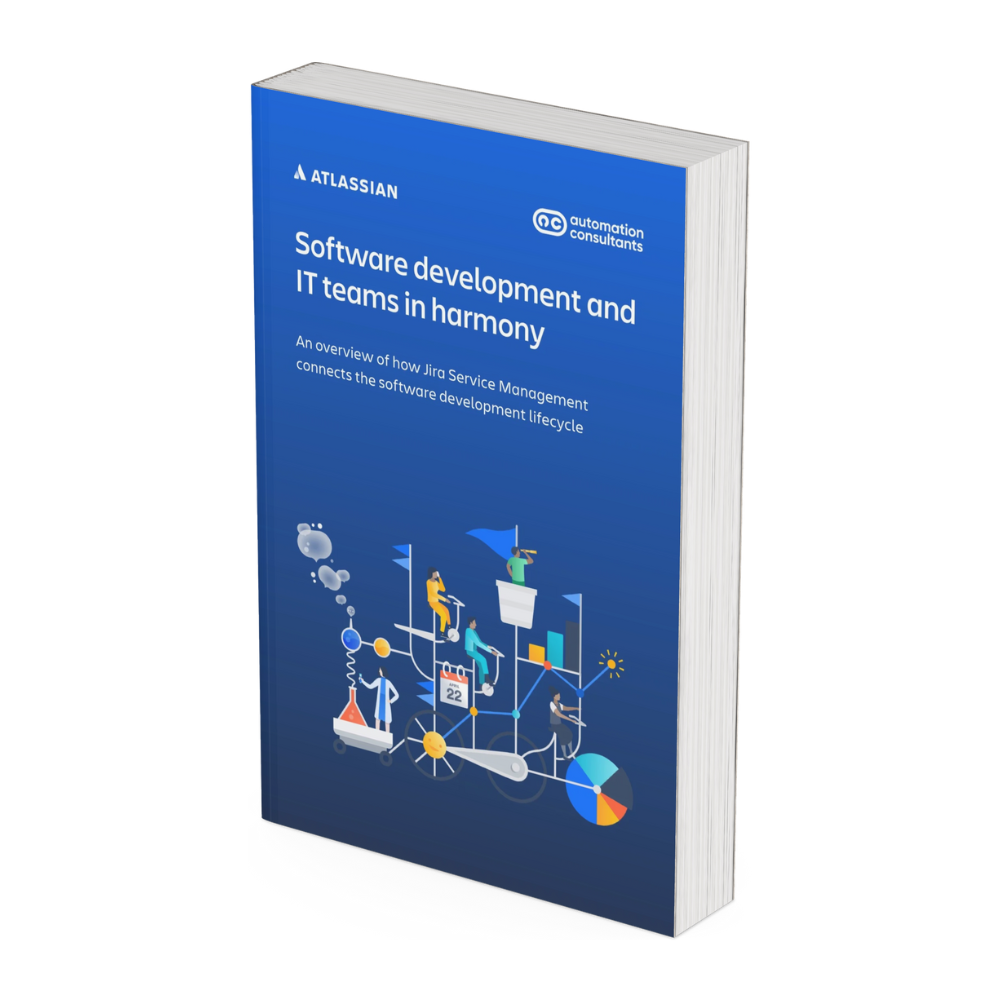
Spotlight on Continuous Integration (CI) and Continuous Deployment or Continuous Delivery (CD)
CI/CD stands for Continuous Integration and Continuous Delivery and/or Deployment. These terms collectively make up Continuous Development.
What is Continuous Integration?
Continuous Integration is a practice whereby teams regularly merge code changes to the repository during the development process, to maintain a fixed release cadence. Continuous Integration includes a lot of automated steps, such as the executions of tests and potentially code builds.
Each time a code change is integrated into the codebase, it triggers automated testing. With this frequent change and test process, issues are easier and quicker to identify – and, therefore, faster to resolve, too.
What is Continuous Delivery/Deployment?
Whilst CI applies to the build phase, Continuous Delivery and Continuous Deployment relate to releasing the updated application to higher environments up to, and including, production.
This process benefits heavily from automation. It ensures that the right builds end up in the right places at the right time so you don’t deploy to the next stage before the necessary tests have been completed.
Taking this approach means, again, that any issues should be flagged instantly and that faulty code cannot make it to the live environment. Smaller, incremental deployments to production environments also help take the pressure of big releases off developers. At the same time, investing in this process means that each release has fewer changes and, as such, fewer things to go wrong.
The benefits of Continuous Development with Automation Consultants
To truly benefit from DevOps processes like those within Continuous Development, it is essential to establish the right working culture and environment first. You may also need support with DevOps tooling and technologies, or perhaps need some guidance on best practice to ensure you embed sustainable ways of working.
Here at AC, we can guide you through your entire development lifecycle in order to unlock your potential and maximise value.
With years of proven experience in DevOps strategy, CI/CD best practice, Agile consultancy and, ultimately, Digital Transformations, turn to us to guide you through this next step in your journey.

